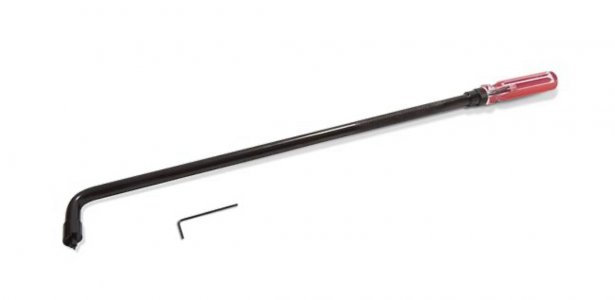Before I go way in over my head and start tearing apart my carburetors I have a general question.
Does the 3.5 engine require a different sized jetting than the jetting for a 3.0 engine?
Short story long:
Not long after I bought my coupe, (15 or so years ago) I did an engine swap, replacing the stock 3.0 engine with an engine from a fuel injected 535 (year unknown at present.) The transplanted engine was fitted with an electric fuel pump, and the Weber carburetors from the original engine.
I've never been really satisfied with my carb adjustment, it's been running rich and I've experienced backfiring from from the exhaust, popping etc, etc, etc.
Does the 3.5 require different sized jetting, or is it all specific to each individual carburetor?
Any sage advice and related experiences would be greatly appreciated.
Thanks in advance.
Does the 3.5 engine require a different sized jetting than the jetting for a 3.0 engine?
Short story long:
Not long after I bought my coupe, (15 or so years ago) I did an engine swap, replacing the stock 3.0 engine with an engine from a fuel injected 535 (year unknown at present.) The transplanted engine was fitted with an electric fuel pump, and the Weber carburetors from the original engine.
I've never been really satisfied with my carb adjustment, it's been running rich and I've experienced backfiring from from the exhaust, popping etc, etc, etc.
Does the 3.5 require different sized jetting, or is it all specific to each individual carburetor?
Any sage advice and related experiences would be greatly appreciated.
Thanks in advance.

